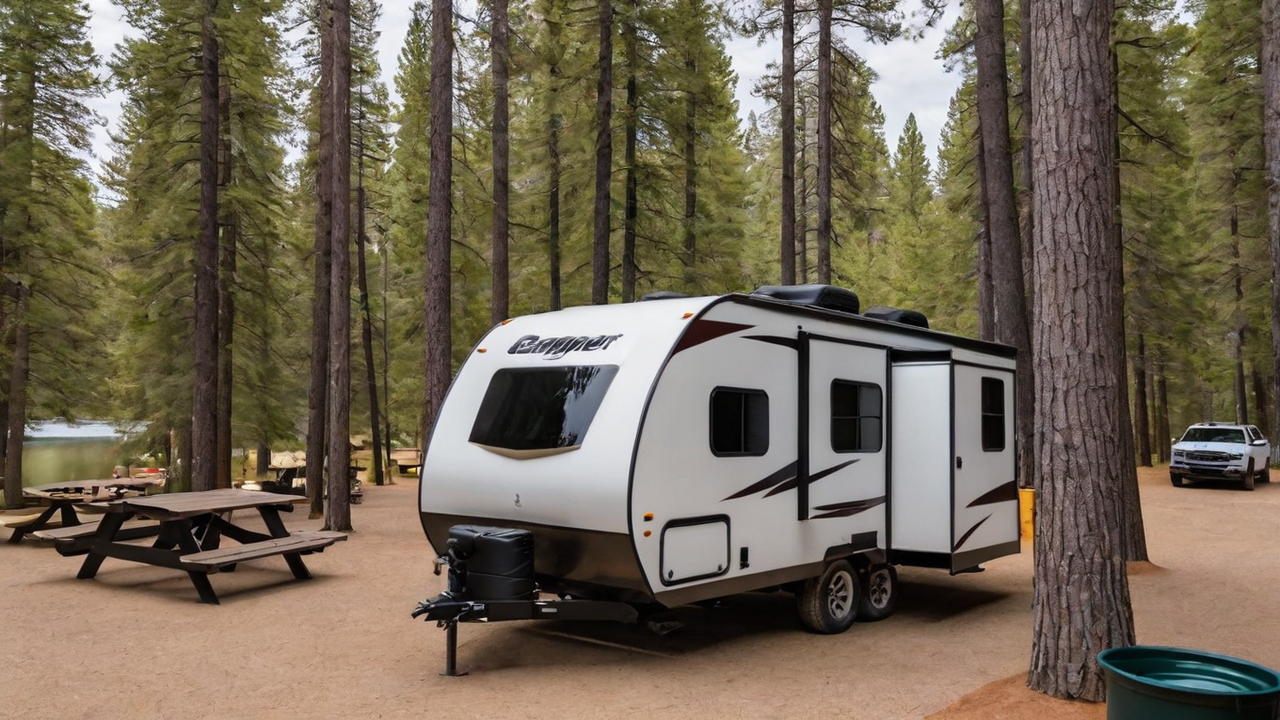Enhancing Location Choice with GIS Integration in Campsite Management Software

Leveraging GIS for Enhanced Campsite Layouts
Integrating GIS into campground management software revolutionizes the way campgrounds are designed and managed. By leveraging accurate geographical data, managers can optimize the layout for improved accessibility and guest satisfaction. This combination enables for the creation of detailed site maps that include natural landscapes, maximizing the use of space while preserving the natural surroundings.
The capability to visualize and adjust the campground layout in real-time offers a significant benefit in planning and development. Precise GIS data helps in identifying ideal locations for amenities, ensuring they are both accessible and ecologically sustainable. This method not only enhances guest contentment but also contributes to a lower environmental impact.
Simplifying Reservation Processes with Geographic Information Systems
By integrating GIS into campground reservation software, operators provide a more interactive booking process for guests. Guests can select their preferred sites based on actual geographical data, including proximity to facilities and picturesque views. This level of detail in site choice significantly enhances planning and satisfaction for guests.
Furthermore, this technology reduces the likelihood of overbooking and clashes among reservations. Accurate GIS data ensures that each site is accurately charted, with clear demarcations, thus facilitating a smoother reservation process. This effectiveness not only reduces time for campground managers but also enhances the overall customer satisfaction.
Improving Safety and Emergency Management with GIS
Integrating GIS into campground management software greatly enhances safety and emergency preparedness. Detailed site maps permit for precise location of emergency facilities like fire stations, medical points, and evacuation routes. This availability to critical information can significantly speed up response times in emergency situations, potentially preserving lives.
Moreover, GIS data can be used to identify areas prone to environmental hazards such as flooding or wildfires, enabling for the development of proactive safety measures. Through this approach, campground managers can implement precautionary measures and inform guests of possible risks, thus ensuring a safer camping experience for everyone.
Optimizing Amenity Distribution With GIS
GIS technology enables campground managers to effectively allocate amenities across the site. By analyzing geographical data, they can determine the most optimal placements for amenities such as restrooms, picnic areas, and playgrounds. This ensures that all campers have easy access to amenities, improving their overall experience.
Additionally, GIS can help in monitoring the utilization of environmental assets, promoting sustainable practices within the campground. Through precise mapping, campgrounds can prevent overuse of vulnerable areas, aiding in conservation efforts and maintaining the beauty and integrity of the environment.
Increasing Visitor Satisfaction with Interactive GIS Tools
Interactive GIS maps enhance guest engagement by providing an immersive experience of the campground before they arrive. Guests can tour different areas, see photos, and read about nearby attractions directly through the campground’s webpage. This pre-arrival interaction begins the guest experience on a positive note, increasing anticipation and satisfaction.
Moreover, these interactive tools can act as a resource throughout the stay, offering up-to-date information on weather conditions, scheduled events, and available services. This connectivity ensures that campers remain informed and can completely experience their outdoor experience.
Advancing Eco-friendly Conservation with GIS
GIS integration in campground management systems plays a crucial role in promoting environmental sustainability. Accurate mapping allows for careful planning and management of natural resources, minimizing anthropogenic footprint on the landscape. Such tools make it possible to monitor and manage wildlife habitats, lakes, and plant life, ensuring their preservation for future generations.
Moreover, by utilizing environmental GIS data, campsites can determine regions ideal for solar panels installations or other eco-friendly projects. Such strategy not only boosts the campground’s sustainability but also reduces operational costs, demonstrating a commitment to protecting the natural world.
Integrating Local Knowledge into Campground Development with GIS
GIS technology enable campground operators to integrate community knowledge into campsite planning. By collaborating with community residents, operators can acquire a deeper understanding of the area and its historical importance. Such partnership guarantees that campsites are planned with respect for community values and heritage, enriching the visitor experience.
Moreover, this integration helps in identifying unique opportunities for campground activities and attractions that showcase the local culture and landscape. Incorporating community insights into the planning process doesn’t just improve the genuineness of the campground but also bolsters bonds with the surrounding community, creating a positive impact for all involved.
Adapting to Evolving Visitor Needs with Adaptive GIS Information
The world of outdoor recreation is constantly changing, with guest expectations getting more complex. Using dynamic GIS data enables campground operators to quickly adapt to these changes by updating facilities and services to meet current needs. This agility guarantees that campgrounds remain attractive and competitive in a fast-paced market.
Additionally, the capability to gather and interpret visitor feedback through GIS-based applications means campground managers can constantly refine their offerings. Tailoring the outdoor adventure to meet specific preferences not only increases guest contentment but also promotes return visits, driving the success of the campground in the long term.
read further